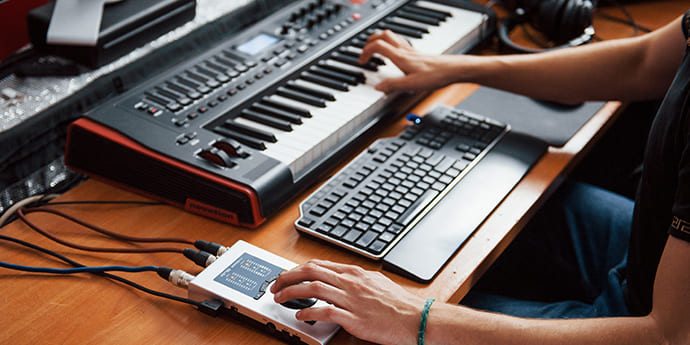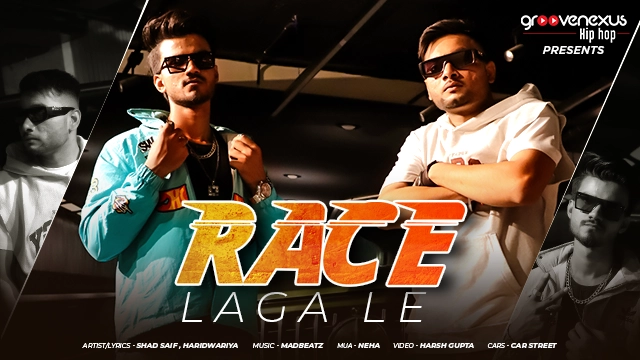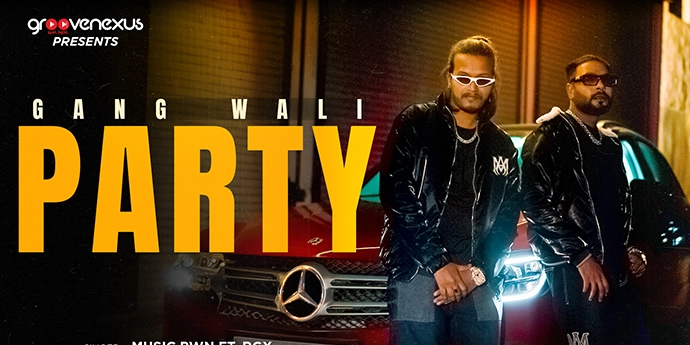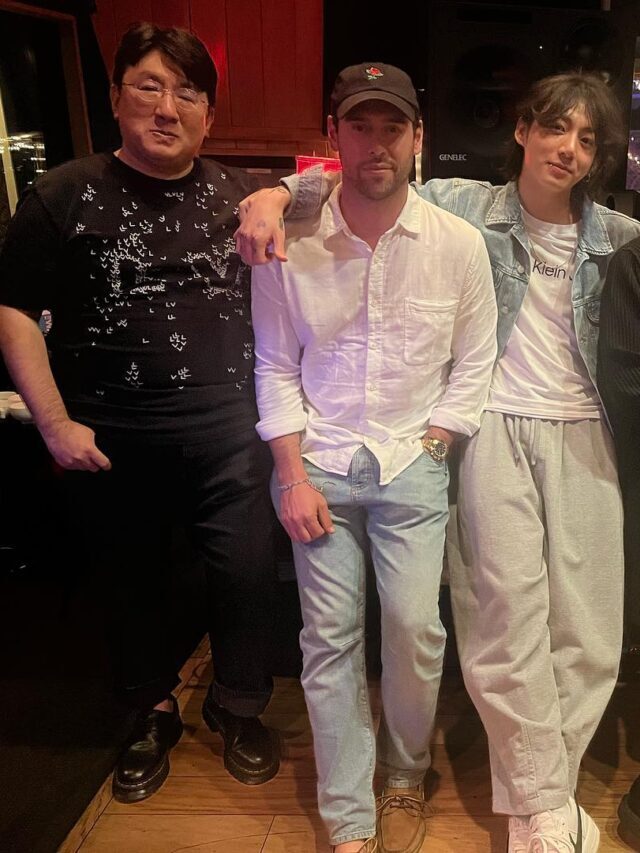Music sampling is the term used to describe this technique, which has significantly influenced the music business. The origins of sampling can be carried back to the 1940s, as with the French experimental style of musical concrete. In the age of digital music, it is becoming more frequent for a sound recording from one piece of music to appear in completely another piece of music.

But do you know what music sampling is and its levels?
What is Sampling Music?
Using a piece of an old song in a completely new recording, looping it, and layering it with new music in a new context is the technique by which a musician or record producer creates a new recording.
In addition to being created by DJs spinning records on a turntable, engineers splicing together audiotape, and musicians utilizing digital samplers in programmed such as Logic, Ableton, or Fruity Loops are also examples of how sampled music is created. And in every music industry, there are types of music producers with different skills and talents.
Revolutionary artists like Jay Dilla, DJ Premier, and DJ Shadow pushed sampling to a whole new level—and we’re fast-moving on to today, where instruments like Splice Sounds now allow anyone to explore the world of samples with a computer can allow installing.
How to Sample Music- For Beginner’s
There are five steps to sample music professionally.
1. Choose Peculiar DAWs
Software for digital audio workstations (DAWs) is available. You may use a premium DAW application such as Pro Tools, Logic, Ableton, Fruity Loops, or Steinberg Cubase, or you can use a free program such as Ableton Live Lite, Pro Tools First, Cubase LE, or GarageBand to create music. Daws is a free music sampling software.
2. Import a Music File
Insert a music file into the program. If possible, utilize a WAV or AIFF file format to provide the highest level of quality. It is possible to use an mp3 or an AAC file if you do not access such audio files.
3. Clip Down the Audio File
Remove a short segment of the audio track from the file. Here is where you will separate your sample from the rest of the music. If you want to use your sample to produce a groove, you will need to select a piece that can generate a propulsive beat when played repeatedly.
4. Loop Your Sample
All digital audio workstations (DAWs) have a looping feature. Make use of this loop to incorporate your sample into a groove. If you choose not to twist the sample, you can just put it into the music at strategically placed spots throughout the song instead. See your user’s handbook for further information on how to activate looping on your individual DAW.
In this case, you will want the assistance of another instrument to create the groove. You may either design your drum groove or use one that comes with your DAW program to do this.
5. Repeat As Needed
Most tracks, notably in hip hop and electronic dance music (EDM), feature more than one sample. Producers use many samples to produce a new song from a variety of sources.
Music Sampling Laws
When it comes to music sampling laws, it is essential to understand how everything works to exceed a limit. We all know that laws related to copyright protection can make it challenging for up-and-coming artists.
First, musicians need to understand that music is automatically copyrighted in the US from its inception. You will always need authorization to use someone else’s work in your music, even if it is only a tiny fraction of it. Doing so without a proper license can be interpreted as plagiarism, leading to legal repercussions.
Rules of Sampling Music
If you do not get permission, you are always taking a risk. It was never legal.
But if you only sell your music offline and do not make several copies, the risk of getting caught is lowest. However, watch this: If it’s a perfect song and it moves on, you might soon regret not getting permission. (And the music rights owner will probably ask for more, now that the track is on sale). You can use samples more safely by following these rules:
- Use mostly unknown samples.
- Do not make the model a big part of your song.
- Do not use the title or lyrics of the piece you are sampling.
- Do not use music sampling copyright.
So, now you know how you can sample your music to create a new one! For better understanding, let’s look at some of the best examples of classical music sampling.
Here is a list by Stylus showing the top five classical-music samples in hip hop.
Nas – I Can
The number swipes “doodle-doodle-doo” from Beethoven’s Fur Elise, which is familiar to anyone who’s ever taken piano lessons. It is one of the most immediately noticeable scraps of melody in the world, and here’s Salaam Remi mixing it up with boom-bap drums.
Young Buck – Say It to My Face
Mozart’s “Requiem” is one of the most monotonously terrifying pieces in Western classical literature, a feverish and sometimes strangely ecstatic death mass. There’s a reason why when Mozart’s father is reincarnated, Milos Forman turns the piece on blast at Amadeus: the minor-major progression of the “Kyari” section still sends the chord down the spine.
The Diplomats – Santana’s Town
If you have ever watched an action movie trailer, you have known Carl Orff’s “Carmina Burana.” This is the most outrageous piece of classical music ever written. Here it is the most serious of all possible outcry, as gangs of Harlem bards known as Diplomats wipe their dirty shoes around it.
Nas – Hate Me Now
The Diplomats, a group of twelve-year-olds at heart, gleefully sabotage Orf’s “Badana.” On the other hand, Nas samples “Carmina Burana” and comes out shooting a video in which he agonizes as a black Jesus while Puffy screams in a bullhorn.
Cam’ron – Get ‘Em Girls
Once a paranoid dictator of diplomats, Cameron took the same “bad” sample and saw an opportunity to sing “Holy Hole” alongside “Holy Hole.” (And “roly-poly.”)
Conclusion
Now that you have all the information and resources you need to get started and work. That’s the only way you’ll improve. You can also learn music production courses online and you can improve your skills. You can also take music production courses online and improve your skills.
So, these are the music sampling techniques that every musician should know. We hope you are clear about music sampling and expect so; this blog has partially answered your questions. What are your thoughts on music sampling? Please write to us in the comment section given below.










